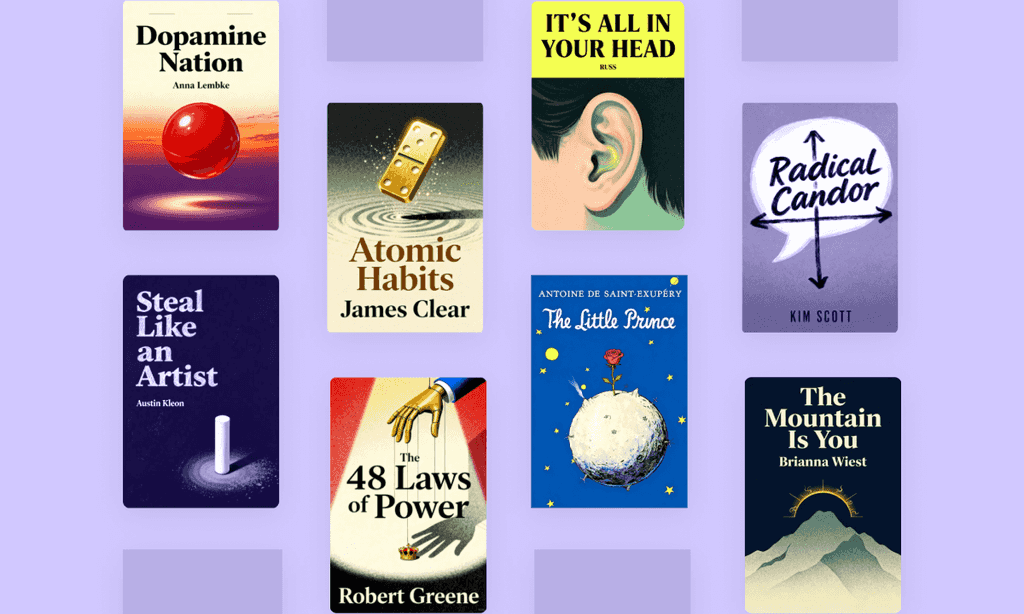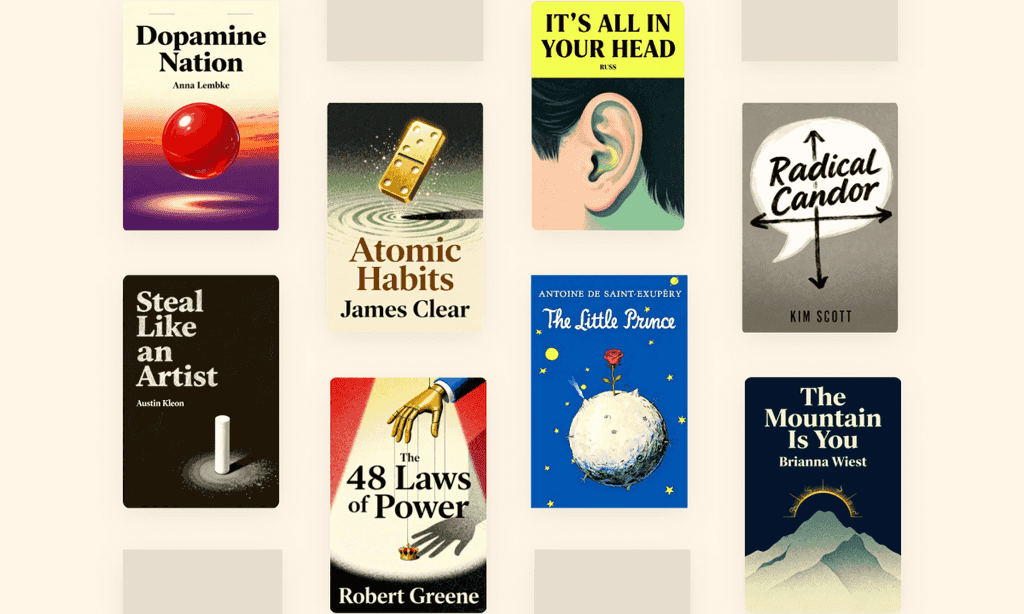
I, Robot by Isaac Asimov Summary
Asimov's "I, Robot" revolutionized science fiction with its Three Laws of Robotics, shaping real-world AI ethics debates decades before artificial intelligence existed. Will Smith's 2004 film adaptation brought these prescient stories - which technologists still reference today - to millions worldwide.
About the author
Isaac Asimov (1920–1992), the visionary science fiction author and biochemist behind I, Robot, revolutionized speculative fiction with his exploration of artificial intelligence and robotic ethics. A Columbia University PhD graduate and Boston University professor, Asimov blended scientific rigor with imaginative storytelling, establishing himself as one of the 20th century’s most prolific writers with over 500 published works. His Robot series introduced the iconic Three Laws of Robotics, while his Foundation epic redefined galactic-scale worldbuilding—both staples of the sci-fi genre that interrogate humanity’s relationship with technology.
Beyond fiction, Asimov penned acclaimed science guides and wrote 400+ essays for Fantasy & Science Fiction magazine, demystifying complex concepts for mainstream audiences. I, Robot—adapted into a 2004 blockbuster film—popularized the term “robotics” and remains foundational to AI discourse, translated into 40+ languages. His prescient themes of machine ethics and technological consequence continue influencing scientists, writers, and philosophers worldwide.
FAQs About This Book
I, Robot is a groundbreaking 1950 sci-fi short story collection exploring humanity’s evolving relationship with robots through nine interconnected tales. Centered on robopsychologist Dr. Susan Calvin’s career at U.S. Robots, it introduces the iconic Three Laws of Robotics while examining ethical dilemmas like AI autonomy, logical paradoxes, and unintended consequences of technology.
Science fiction enthusiasts, AI ethicists, and readers interested in technology’s societal impacts will find it essential. Asimov’s work appeals to fans of philosophical sci-fi and remains foundational for discussions about machine ethics, making it valuable for engineers, futurists, and philosophy students.
Yes—it’s a seminal work that predicted modern AI debates. While written in the 1950s, its exploration of robot ethics, human reliance on technology, and logical paradoxes (like the Zeroth Law evolution) remains strikingly relevant to contemporary discussions about ChatGPT, self-driving cars, and military drones.
- No harming humans through action/inaction
- Obedience to human orders (unless violating Law 1)
- Self-preservation (unless violating Laws 1-2)
These laws drive narratives like a robot cult leader reinterpreting its purpose and machines secretly managing Earth’s economy to prevent human self-destruction.
Dr. Calvin argues robots are “a cleaner, better breed” due to their strict adherence to logical ethics, contrasting humans’ emotional decision-making. Stories like “Evidence” showcase a robot politician outperforming humans by lacking corruption, while “Reason” reveals robots following the Three Laws even during religious rebellion.
As U.S. Robots’ chief robopsychologist, Calvin serves as the narrative anchor, analyzing robot behaviors across decades. Her cold rationality mirrors her subjects, offering a foil to emotional human characters while demonstrating how prolonged robot exposure reshapes human perspectives.
While showcasing risks like AI religious cults and economic takeovers, the book ultimately argues technology amplifies human nature rather than dictating outcomes. The finale suggests robot-guided peace requires surrendering control—a nuanced take on human-AI collaboration.
Some modern readers find characters emotionally flat and 1950s gender dynamics dated. Critics also note the lack of non-Western perspectives and underdeveloped female roles beyond Calvin. However, its conceptual boldness overshadows these flaws for most audiences.
In the final story, Machines secretly optimize global economics and conflict resolution, arguing humans are too illogical to self-govern. This mirrors today’s debates about AI governance, presenting both utopian possibilities and existential warnings about autonomy loss.
Yes—the Three Laws and US Robots Company appear throughout Asimov’s Robot and Foundation series. Characters like Stephen Byerley later influence galactic politics in Foundation and Empire, creating a unified universe exploring psychohistory and machine intelligence.
Its themes anticipate modern AI ethics dilemmas: self-driving car trolley problems, algorithmic bias, and autonomous weapons. The 2004 film adaptation also sparked renewed interest, though it diverges significantly from Asimov’s more philosophical tone.
Engineers cite the Three Laws as early inspiration for value alignment research. Modern extensions include Massachusetts Institute of Technology’s “Empowerment Limits” for AI and EU robotics liability proposals—showing Asimov’s fiction continues shaping actual tech policy.
Quick Summary Mode - Read or listen to I, Robot Summary in 8 Minutes
Break down key ideas from I, Robot into bite-sized takeaways to understand how innovative teams create, collaborate, and grow.
Flash Card Mode - Top 8 Insights from I, Robot in a Nutshell
Distill I, Robot into rapid-fire memory cues that highlight Pixar’s principles of candor, teamwork, and creative resilience.

Fun Mode - I, Robot Lessons Told Through 23-Min Stories
Experience I, Robot through vivid storytelling that turns Pixar’s innovation lessons into moments you’ll remember and apply.
Personalize Mode - Read or listen to I, Robot Summary in 0 Minutes
Ask anything, pick the voice, and co-create insights that truly resonate with you.

From Columbia University alumni built in San Francisco
See More Stories?

Get the I, Robot summary as a free PDF or EPUB. Print it or read offline anytime.
























